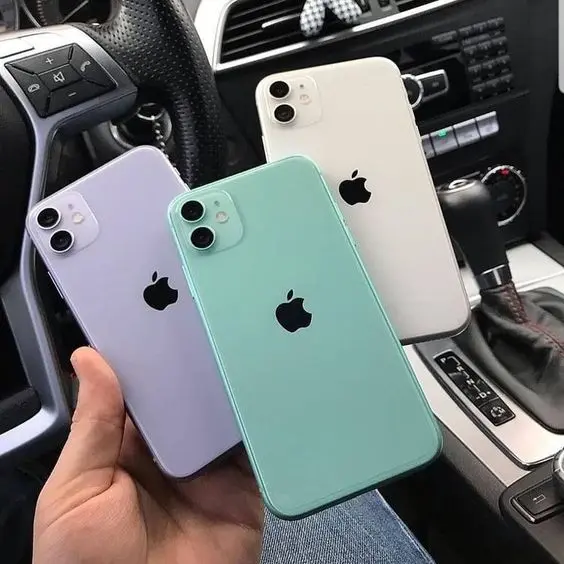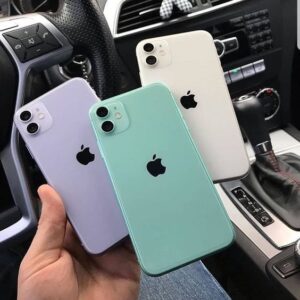Smartphone makers have already delivered an astonishing selection of the best smartphones that include cutting-edge technology and deliver on essential features like usefulness, quality, lifespan, and value. Because there is no one-size-fits-all phone, this list tackles a variety of needs and use scenarios with the aim of helping you select the right phone for you. Expect to see recognized names like Samsung and Apple, but don’t be hesitant to check out our entire reviews and other information on devices from manufacturers you may not be acquainted with. Trust us when we say that each of these best smartphones delivers.
What will you see here?
iPhone 13 Pro
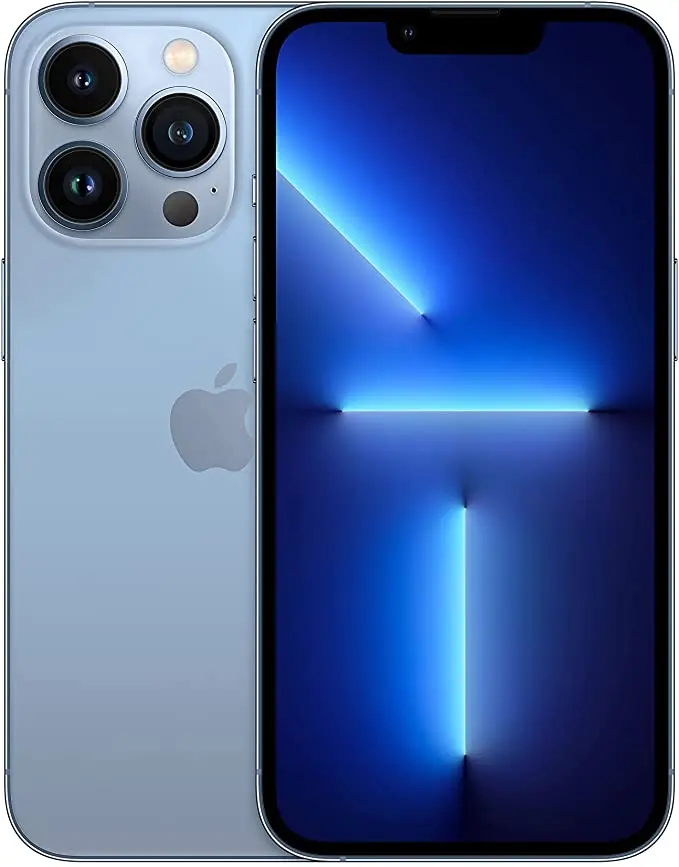
Unlike in 2020, when the ordinary iPhone 12 triumphed over its Pro-branded sister, the iPhone 13 Pro in 2021 is unquestionably the one to beat.
The 13 Pro appears to have a typical 6.1in Super Retina XDR display at first sight, but Apple has finally opted to introduce ProMotion to the iPhone, with the panel now capable of a super-smooth 120Hz refresh rate. In addition, the notch has shrunk by 20%.
When it comes to the cameras, expect larger sensors and faster apertures, which will result in better low-light performance and far more comparable quality when switching between the phone’s ultrawide and a 3x telephoto snapper, which will allow you to shoot further than before.
Furthermore, the iPhone continues to lead in video capture, with new capabilities like Cinematography Mode giving you more control over how your movie appears in the moment. When you combine that ProMotion technology with the phone’s strong A15 Bionic CPU and a larger battery. You should anticipate significant battery life improvements, making this a two-day iPhone on a single charge.
Samsung Galaxy S22 Ultra
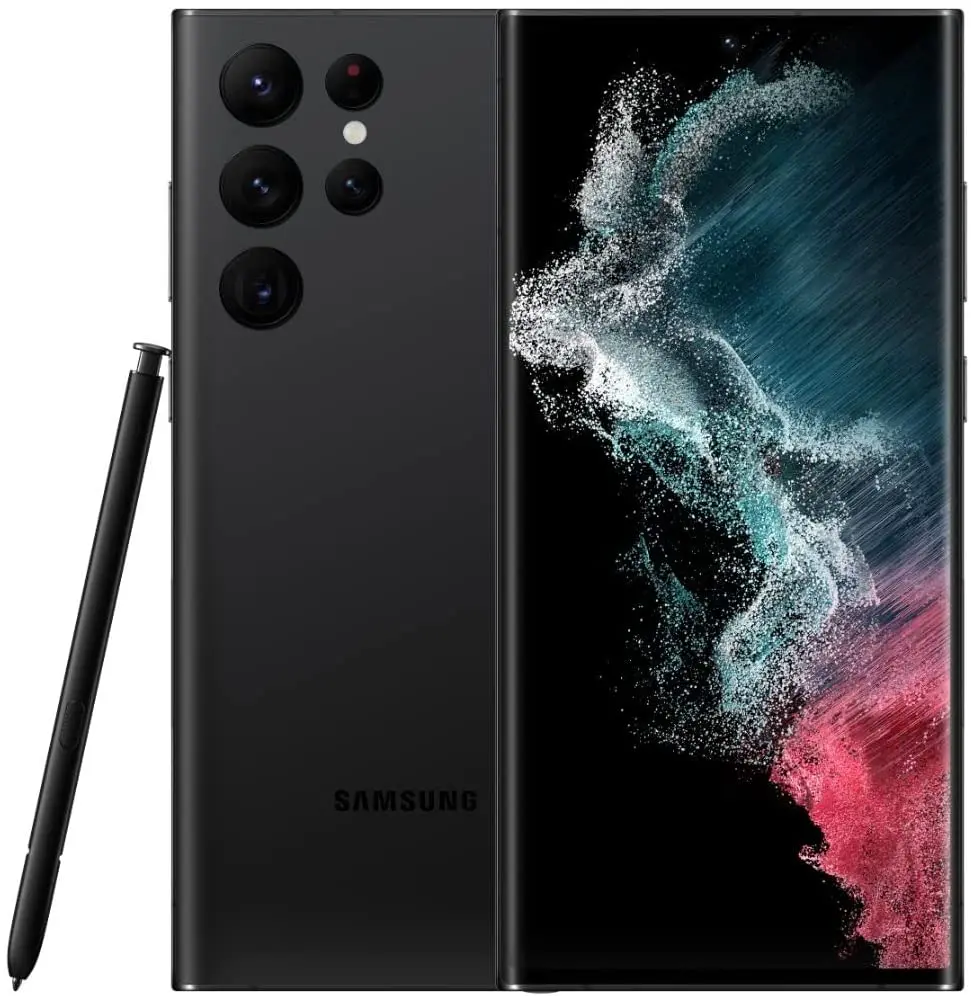
While the Galaxy S21 Ultra experimented with Note-like features, the Galaxy S22 Ultra is clearly a full-fledged successor to the Note 20 Ultra from 2020 in every way save the name.
The design is unusual from the other Galaxy S22 models and has an integrated S Pen pen that extends capability beyond that of most competitors, particularly in terms of efficiency.
Despite familiar-looking camera technology, Samsung’s enhancements make it one of the greatest systems in any phone now. A 108Mp primary sensor backed up by an ultra-wide and two telephoto lenses at various zoom levels with zoom performance especially enhanced over prior versions.
The large 6.8-inch LTPO AMOLED display offers a high WQHD+ resolution and an adaptive refresh rate of up to 120Hz. While long-term software support that outperforms even Google’s Pixels completes an outstanding list of advantages.
iPhone 13
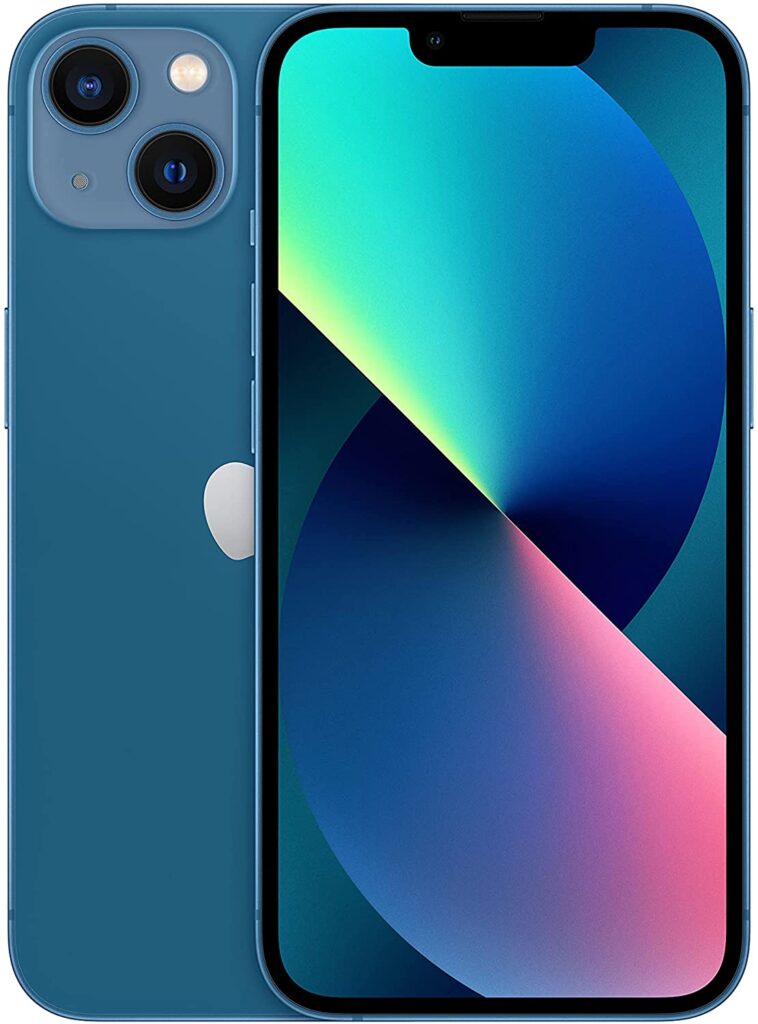
While it lacks the high refresh rate display of the 13 Pro, the iPhone 13 still has cutting-edge technologies such as Apple’s newest 5nm A15 Bionic CPU and the latest camera capabilities such as Cinematic Mode.
The rear camera system is now diagonal, primarily to cater to the impressive sensor-shift OIS that was exclusive to 2020’s iPhone 12 Pro Max. While the front despite the same 60Hz refresh rate as the original version – still features a stunning 6.1 OLED display with a smaller notch.
Out of the box, iOS 15 is a nice enhancement on Apple’s already well-regarded mobile operating system, with tools like notification summary ensuring you’re not continually distracted by your iPhone. The iPhone 13 has some of the finest battery life on an iPhone. But fast charging rates are still significantly behind the curve, much like the Pro.
Google Pixel 6 Pro
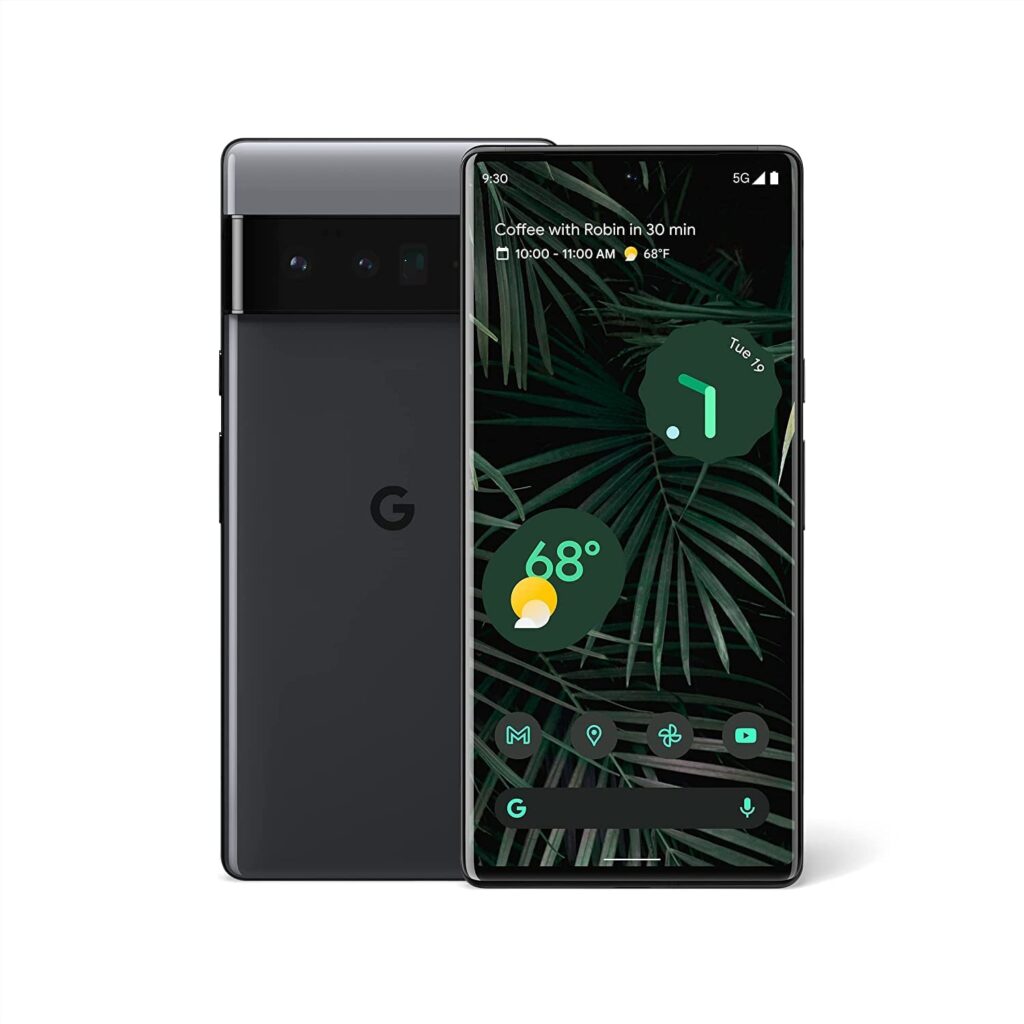
The Pixel 6 and Pixel 6 Pro, released in 2021, include Google’s own Tensor silicon, a redesigned Android 12 experience out of the box, as well as an entirely new design, and vastly improved cameras.
Despite ditching the ‘Pixel XL’ moniker, the 6 Pro is an indisputably large phone, with a gorgeous QHD+ curved-edge OLED display with a higher, smoother 120Hz refresh rate for the first time in the series. A new 50Mp primary sensor is also used in the camera system which has an incredible dynamic range and clever new capabilities like Magic Eraser and rock-solid Face Unblur. It also has a 12MP ultrawide as well as a periscopic 48MP telephoto camera with a 4x optical zoom. This is a far cry from Pixel’s previous single-sensor approach to photography.
Tensor doesn’t compare favorably to the competition in terms of benchmarking. But it has more than enough horsepower to handle even the most demanding mobile apps and games, as well as a specialized skill set for machine learning and AI jobs that rival silicon lacks.
Even though quick charging is a bit of a hassle, a massive 5003mAh battery boasts some of the best battery life on a Pixel ever.
Oppo Find X5 Pro
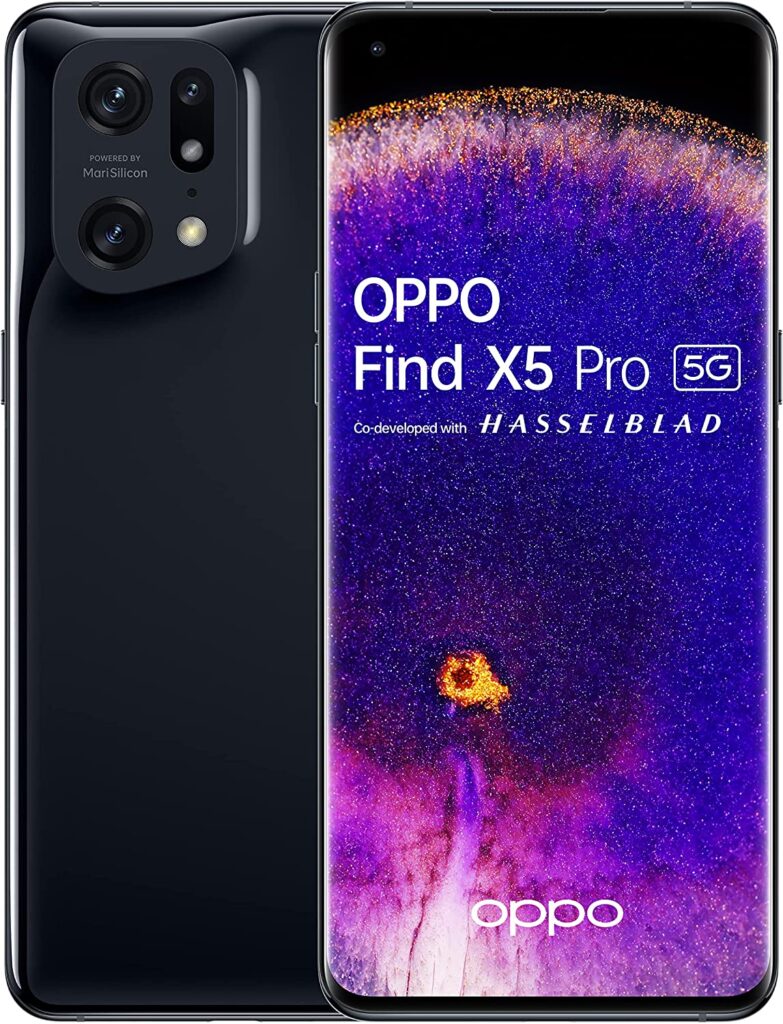
By every standard, the Oppo Find X5 Pro is a fantastic best smartphone. Oppo backs up the 6.7in 10-bit 120Hz QHD+ panel with 80W wired and 50W wireless charging, a 5000mAh capacity. Also a top-tier camera with 50Mp sensors on both the primary and ultrawide lenses.
You won’t be able to use a periscopic zoom lens because the telephoto here only has a 2x zoom. But the results from all three back lenses are outstanding. The phone’s appearance is also distinctive, thanks to a flawlessly sloping camera module embedded directly into the phone’s ceramic casing.
With all of the aforementioned, plus a Snapdragon 8 Gen 1 CPU, 256GB storage, and 12GB RAM. The Find X5 Pro is difficult to surpass in terms of sheer performance. You simply must be willing to pay the higher cost, as it is not inexpensive.
OnePlus 10 Pro
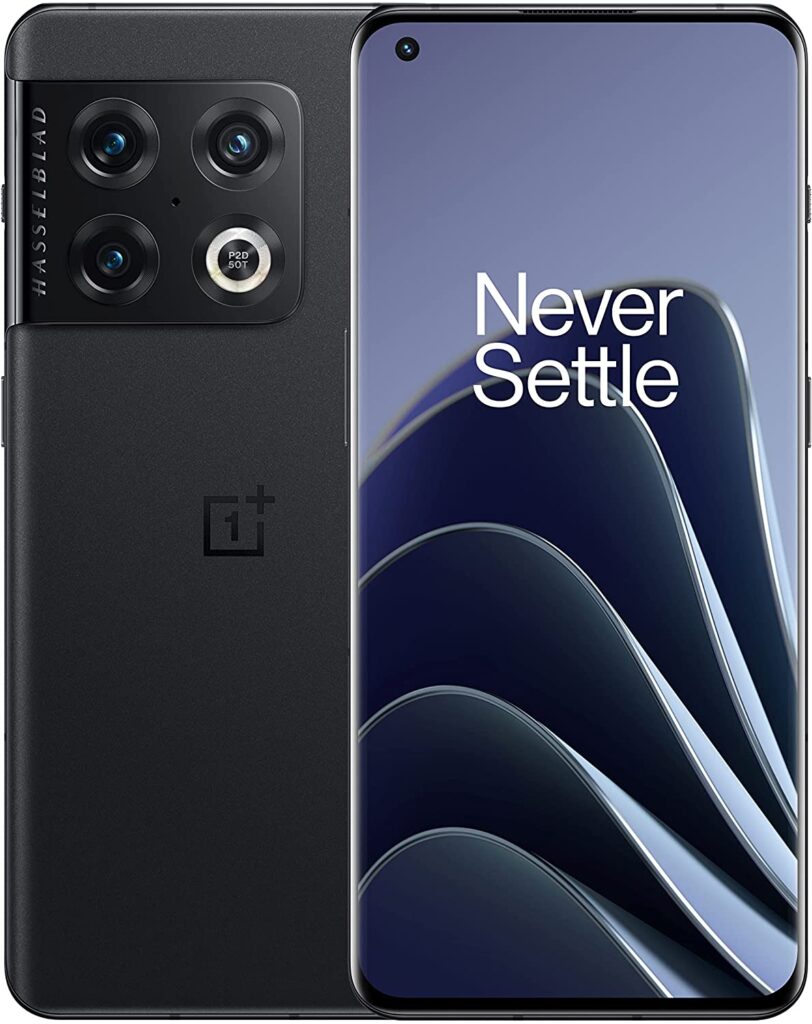
The OnePlus 6 is a decent alternative to the Samsung Galaxy S22 or Google Pixel 6 series, especially if you reside in the United States and have few other high-end Android alternatives. The 10 Pro boasts basic specs to match everything its competitors offer. Also includes a Snapdragon 8 Gen 1 processor and fast 80W wired charging, and we’re generally admirers of the clean design – though not everybody is.
Despite Hasselblad’s backing, the Smartphone camera system remains its principal flaw.
And the one thing that differentiates it from the more expensive but identically equipped Oppo Find X5 Pro. Don’t get us wrong: the rear triple sensor setup is impressive, but inconsistencies particularly in exposure serve to remind us that it’s not quite up there with the best of the best. This makes it a little harder to recommend. Even if the OxygenOS user experience is excellent. And the battery life is among the best of any mothership currently available.
Conclusion
Consider the following factors when purchasing the best smartphone: build quality and design, simplicity of use, features, performance, and value. It’s worth mentioning that while this list features the greatest cellphones currently available, it doesn’t always mean flagships. Buying the best smartphone entirely is typically the greatest deal, but we understand that in the real world. Budgets don’t often allow for such large one-time payments. When you can, you’ll need a phone, as well as a SIM card and a plan.
Read more
- Oppo Find X5 Pro: Review
- Searching for a new phone? Here are the best Oppo phones in 2025!
- Samsung Galaxy S22 Review- The wait is finally over!
- Oppo A15 – Will The Cheap Price Be Able To Justify Its Performance?


